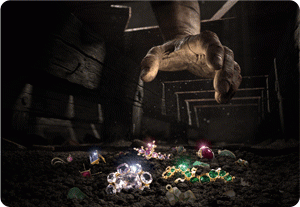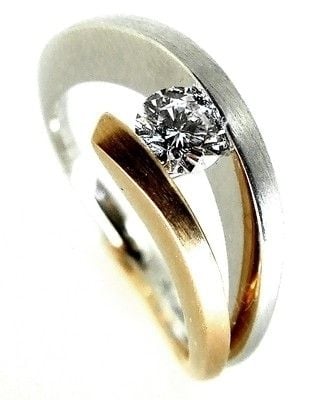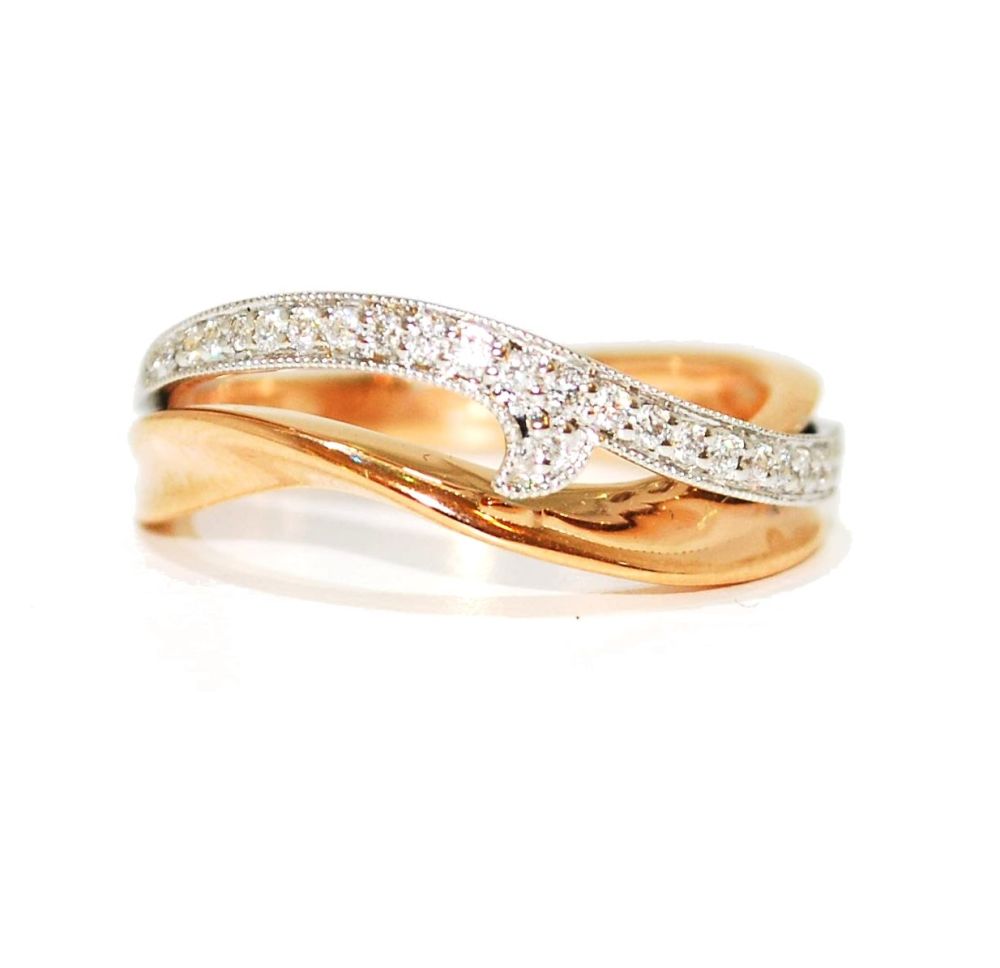The Cheapside Hoard - The Lost Jewels
Posted on
|
I had the pleasure of visiting the Cheapside Hoard Exhibition at the Museum of London this week and what a treat it was! This is the first time the ‘lost jewels’ have been shown in their entirety for nearly a century and it still remains a complete enigma as to whom these treasures belonged. The hoard of Elizabethan and Jacobean jewellery was unearthed by workmen in the cellar of a Cheapside house in 1912. It was then handed over to a character known as Stoney Jack Lawrence. Lawrence was an antiques dealer who also held a job as Inspector of Acquisitions at the then London Museum. He was well known to the navvies working in London at the time, as he would exchange any trinkets and ‘old rubbish’ unearthed during house demolitions for the price of half a beer. |
|
|
So, it was in this manner that this find of incalculable value was discovered. For me to try and describe some of the craftsmanship in this breathtaking collection would do it an injustice. It really does have to be seen with your own eyes. The sheer beauty of the long hidden pieces, combined with the mystery of it’s original owner and how it came to be lost/hidden, all makes for an enchanting tale. The curators of the exhibition have done a fantastic job of setting the scene for the period in during which the jewellery would have been crafted. Allowing you to imagine what London would have been like at this time, as well as learning about the gemstones the construction of the adornments and who would have worn them. Magical and educational, this really shouldn’t be missed. It has something for everyone whether you’re a jewellery diehard or not! The Cheapside Hoard at the Museum of London runs until 27th April 2014. |
|





